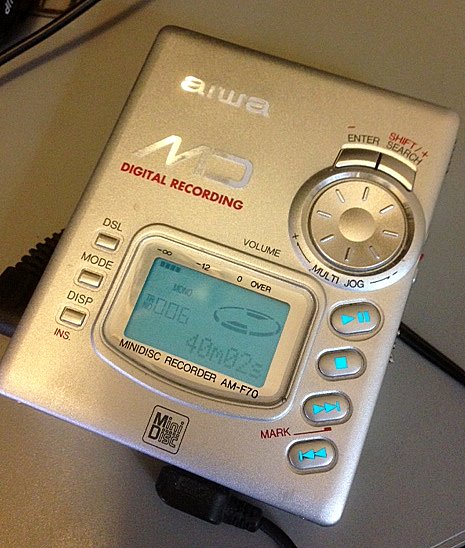Voyager 1 (90 Deg Bank Angle): Dec 20, 1986
/Many thanks to SRAA contributor, Bruce Frederick who shares the following recording and notes:
VOYAGER 1 90 Deg Bank Angle 8.822 MHz 20 Dec 1986 2200 UTC
Recently when cleaning out our attic I came across QSLs that I received from the Voyager crew from their historic1986 circumnavigation of the earth. After continued searching I also came across the cassette recordings I made of some of their communications between Dec 20 - 22, 1986. The first hour provides the most compelling listening, as I started the tape just before Voyage unexpectedly ran into severe weather issues off the coast of Brazil. The small aircraft was tossed to a bank angle of 90 degrees, which theoretically it shouldn't have recovered from, yet Rutan was just barely able to maintain control and keep flying. At the worst possible time, the Vandenburg transmitter went down leaving Rutan and Yeager out of communication with their weather team who they were depending on to give them a safe heading to fly out of the storms. The stress and tension of the situation are very evident in the voices. I have several hours of additional comms, but this excerpt is the most compelling. While preparing this submission, I discovered that Tom Gavaras from MN made a similar contribution on July 28, 2020, covering a period a couple of days after this event. These contributions are complementary and should probably be cross-linked for people interested in hearing different days of the mission. Note that like Tom, I also have the QSLs I received a few months after the mission.
BROADCASTER:
Voyager Mission Control at Vandenburg AFB and Voyage aircraft in-flight near Brazil
DATE OF RECORDING:
12/20/1986
STARTING TIME:
~2200 UTC
FREQUENCY:
8.822 MHz
RX LOCATION:
Boston, MA USA
RECEIVER AND ANTENNA:
Icom 745 with horizontal wire dipole at ~30 ft.
MODE:
Single Side Band
Additional details:
Regarding the QSL card, Bruce notes:
"...I was never a big QSL collector when I was active in the '80s but this was kind of special: QSLs for the Voyager 1 non-stop flight around the world in 1986, signed by Dick Rutan, Jeana Yeager, and Larry Gaskey (Mission Operations Director). Since this this wasn't a commercial broadcast organization, I didn't think they would have QSL cards (or even know what a QSL request was), so I followed the protocol of the time and prepared my own 8.5" x 11" printout and polite cover letter explaining why I was writing. I was blown away when I received not only detailed info on my home brew form, but a classy postcard signed personally by Rutan and Yeager..."
The Voyage flight plan from this website:










![3796ae7da0208240eca08a590aa2ea66[1].jpg](https://images.squarespace-cdn.com/content/v1/51a013dee4b0a2a2d2ef73e9/1478475267772-6EM3VEPUXNKV0J0BAY7X/3796ae7da0208240eca08a590aa2ea66%5B1%5D.jpg)











